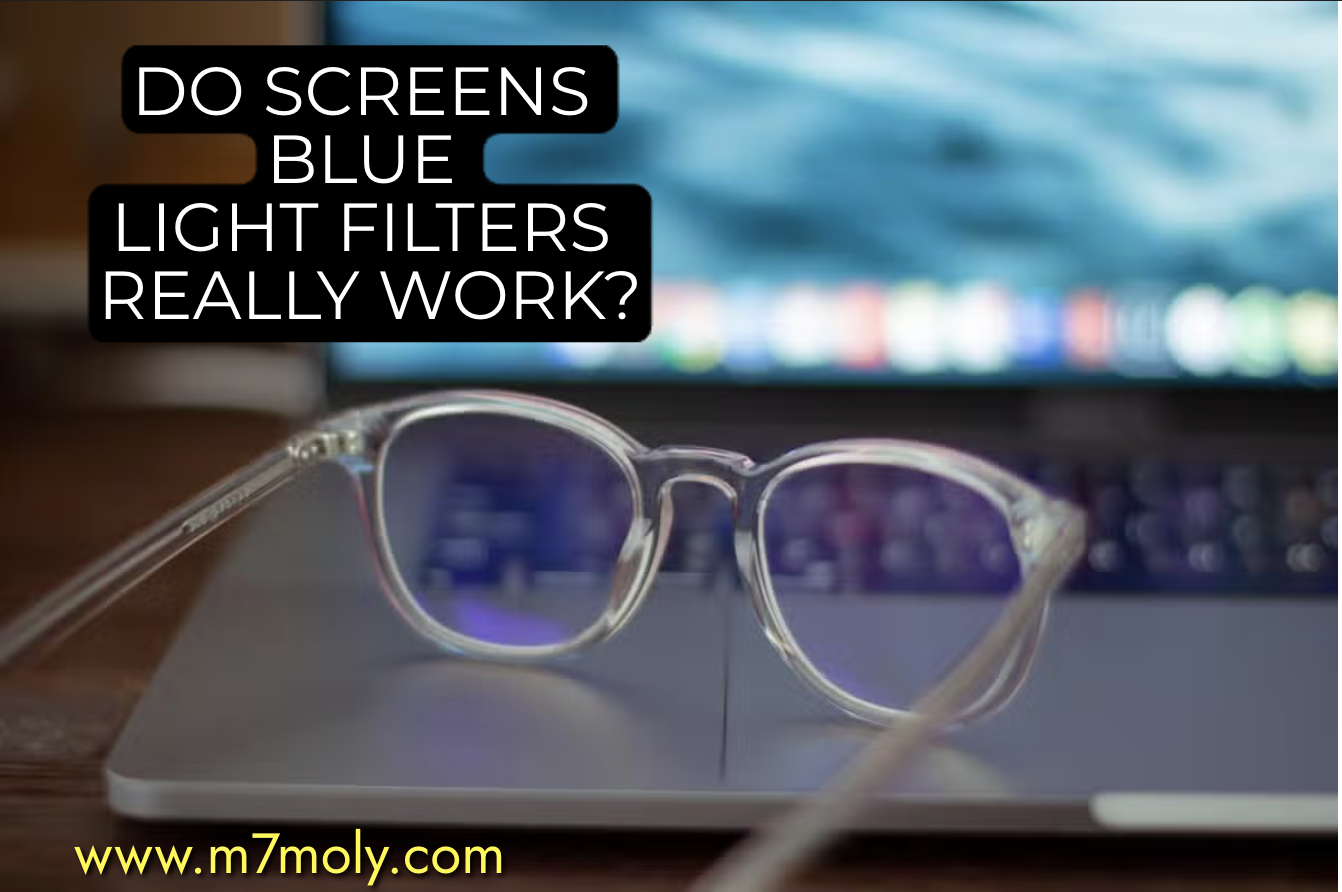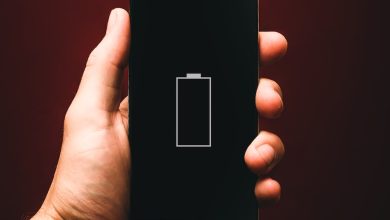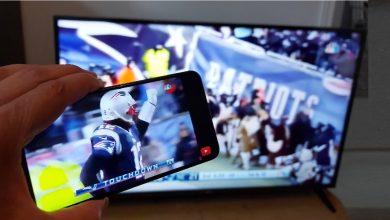Do Screens Blue Light Filters Really Work?

In our modern world, our eyes almost constantly bathed in technology’s screen light, specifically the light emitting from our smartphones. A significant portion of this light falls in the ‘blue’ spectrum, raising concerns regarding the effects on our vision and sleep cycle. As blue light emission from smartphones gets more attention, so do solutions that promise to limit its potential harm. One such solution is a Blue Light Filter, designed to block or limit the amount of blue light reaching our eyes. This in-depth analysis seeks to check the science behind blue light emission and explore how blue light filters work. Perhaps more importantly, it aims to get into research and studies to evaluate whether these filters live up to their claims?
Blue Light Emission In a Nutshell
How Smartphone Technology Navigates Emission
Modern life has become synonymous with advancements in technology. Encoded within our day-to-day existence, different miracles of tech evolution like smartphones stand tall, enveloping every aspect of our functionality. Amid this panorama of digital enhancement, let us understand one recurring term – blue light.
When we talk about blue light, essentially, we are discussing a type of light that tempts the visible light spectrum’s high-energy end. This light is characterized by short wavelengths that produce high amounts of energy. Quite intriguingly, the sunlight constitutes our major exposure to blue light. However, what cathces our interest today is the close second contender: our very own smartphone screens.

Long Hours of Blue Light Exposure
The LED-backlit displays that smartphones employ to mesmerize users are the main culprits of blue light emission. These screens use light-emitting diodes to shine bright, making text and images clear, even under harsh sunlight. However, what effectively adds to their sheen is the fact that these diode arrays emit a high degree of blue light, making prolonged smartphone exposure a close second to natural sunlight’s blue light emissions.
Every time we scroll through our feeds or exchange texts with friends, we expose our eyes to this high-energy light. And it’s not just smartphones – laptops, tablets, and even certain types of indoor lighting expose us to additional amounts of blue light. It is a reality that’s impossible to bypass given our reliance on digital devices.
Potential Negative Health Impact
The interplay of blue light with our eyes is a complex one. On one side, extensive research indicates that excessive blue light exposure might potentially1 cause digital eye strain or impact the quality of our sleep. On the other side, it is also understood to regulate our circadian rhythms and boost alertness, memory, and mood.
Intriguingly, as technology progresses, so does our understanding of its impacts. Innovations like screen adjustability and software modification have emerged, allowing users to tone down the blue light emission from their devices. Night Shift modes, twilight apps, and bluelight filter coatings help users control their blue light exposure, adding a layer of customizability to this technologic reality.
While the last word on blue light and its impacts is far from written, it stands as a testament to technology’s ongoing evolution – not just in form and function but in managing its side effects as well. It underlines the mantra that for every challenge technology presents, technology itself invariably holds the solution.

How Blue Light Filters Work
Further Exploring the Technology Behind Blue Light Filters
Having understood the concept of blue light and its implications on our health, diving deeper into the technology that aids in mitigating its effects is the next logical step. The operative word here being ‘Filter’, used extensively in today’s tech jargon, is the foundational point to grasping how blue light filter technology works. Essentially, these filters are designed to limit the amount of blue light emission from screens.
Different filters operate on various principles. Primarily, physical filters can be attached to the screens to limit the blue light emission. Essentially, these physical filters work through absorbing the high-energy light particles. These particles do not get past the screen once the filter is on, which reduces the exposure to the blue light. The second form, software filters, which are more common, modify the color temperature of the display, thus reducing the amount of blue light.

Software filters are predominantly designed with algorithms that adjust the color temperature of the screen, converting the harsh blue light into a warmer, more relaxing yellow tone. This technology is often integrated directly into the operating system of the device such as Apple’s “Night Shift” and Android’s “Night Light” features, which are built into their respective operating systems.
These in-built features, when activated, apply a sort of digital overlay to the screen, altering the color temperature to a warmer, muted shade, effectively reducing the emission of blue light. Devices allow personalizing the intensity of the filter to one’s comfort, providing a high level of user control.
Apart from that, there are numerous third-party applications that offer more sophisticated features, like adjusting the filter according to local sunrise and sunset timings. Companies like Flux actively design software that can be customized to suit the user’s screen usage pattern, adjust the screen brightness, and change the color temperature based on the time of the day.
Even eyewear technology has taken a stride forward, with glasses created with anti-reflective coatings that block blue light. These glasses, while stylish, also serve the crucial purpose of guarding the eyes against extended exposure to blue light.
However, it is important to keep in mind that blue light isn’t inherently bad. It’s the overexposure that poses potential risks. Since technology is constantly evolving, the emphasis now is on innovation that transforms blue light’s harmful aspects into something that can be effectively managed and mitigated for a more user-friendly experience.
For tech enthusiasts, having a clear understanding of how their gadgets work and affect them would allow them to utilize this technology in a healthier and more productive manner. The beauty of the tech world lies in its ability to constantly evolve and adapt, striving always for solutions that balance efficiency, productivity, comfort, and health. These blue light filters are just one demonstration of the industry’s unwavering commitment to progress without compromising humanity’s well-being in the digital age.

Evaluating the Efficacy of Blue Light Filters
Scientific studies show half-and-half results regarding the efficiency of blue light filters. On the one hand, some research confirms these filters’ capability to cut down glare, increase contrast, and ultimately reduce digital eye strain. Consider the December 2017 study from the Journal of Adolescent Health. The research demonstrated that teenagers using a tablet with a blue light filter before bedtimes had a notable improvement in sleep quality and next-morning alertness compared to those using the tablet without a filter.
On the other hand, different studies present contradictory results. A September 2020 research published in Current Biology reported no significant difference in sleep quality between individuals wearing blue-light-blocking glasses and those without. More astonishing is a 2019 research study in Ophthalmic & Physiological Optics, concluding that blue light filters may improve sleep only to a negligible degree.
Moreover, blue light is not the evil villain it’s painted to be. Yes, it strains your eyes and messes with your sleep cycle. But it also plays a crucial role in boosting attention, reaction times, and mood. It can even help alleviate symptoms of seasonal affective disorder.
It’s a balance – knowing when to welcome blue light and when to filter it out. Blue light filters seem to play a role, but their effectiveness is subjective, dependent on individual circumstances. These filters are not a one-size-fits-all fix for sleep disturbances and eye strain.
The future holds promising advances for technology adapting to our circadian rhythms healthily. For instance, Circadian screen technology, still in development, claims to automatically adjust a device’s brightness and color based on natural light data and user preferences. Devices could then enhance their emission of warmer light during the sunset, minimizing the blue light at night and maximizing visibility during the day.
In conclusion, while the facts surrounding blue light filters aiding sleep and eye protection aren’t foolproof, the technology’s potential remains promising. The scientific community believes further studies are needed to ascertain these filters’ effectiveness fully.
In the meantime, it may prove beneficial to balance screen time with regular breaks, maintain healthy sleep habits, and use blue light filters with an understanding of their potentially limited capabilities. Technology can offer solutions, but it’s also up to us to use it wisely. The penultimate word is – moderation in all, even the blue light. No one wants to swap their world of color for a permanent sepia filter.

Through a comprehensive understanding of blue light emission, the workings of blue light filters, and evaluation of various research findings, it becomes clear that this topic is multifaceted and requires careful consideration. Just as our use of smartphones has greatly evolved, so too has the technology designed to mitigate potential harm. Individual blue light filter efficacy can vary, but overall, an informed understanding of blue light and its effects can empower you to take meaningful steps towards safeguarding your visual health in an increasingly digital world.
- https://www.ncbi.nlm.nih.gov/pmc/articles/PMC9420367/ ↩︎



